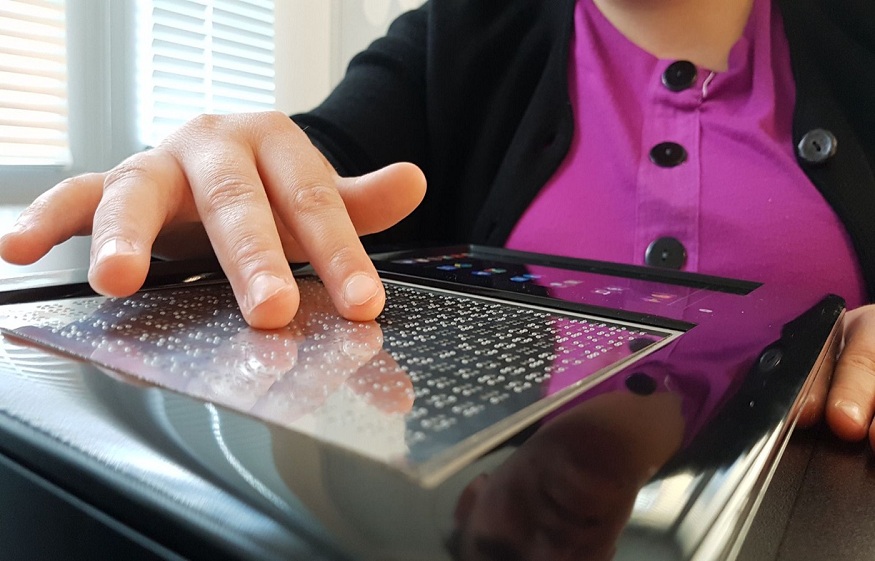AccessiBe Provides a General Understanding of Operability as a Crucial Part of Web Accessibility
Operability is largely about making input methods of web content functionally available to an expansive range of input devices, which includes mouse or touchpad, keyboard, touch screen, voice recognition software, as well as other specialized input devices that may emulate the keyboard or mouse. Operability guarantees that all online users would be able to interact with and make full use of the site, and is an important part of Web Content Accessibility Guidelines (WCAG). AccessiBe solutions aid in analyzing and understanding the structure, forms element roles, and more of a website, making them compliant with the WCAG 2.1 accessibility standards
AccessiBe sheds light on various aspects of making a website operable
There are many vital factors to keep in mind to make a website operable, input methods and interaction methods being two of the most prominent ones. Not every person uses a standard mouse and keyboard to access the web. Many use alternative devices or adaptive technologies that can accommodate their preferences or disabilities. Content that is operable only through mouse clicks shall not be accessible to users who cannot use a mouse, owing to motor disabilities, due to tremors, or even lack of hands. People in these situations often use an adaptive technology or device to manipulate the keyboard, such as a mouth stick. In certain cases, people might also use a trackball mouse, but many others do depend on the functionality of the keyboard. As a mouse requires hand-eye coordination, people who are blind also commonly depend on the keyboard.
Keyword accessibility is vital as it cut across diverse disability types and technologies. A large number of adaptive devices used by people with disabilities tend to emulate the keyboard in terms of their functionality. Content that is accessible to the keyboard generally is operable by the devices that emulate keyboard functionality, no matter how they interface with the user.
Coming to interaction methods, it is vital to understand that users must be able to interact, find and navigate web content in several ways. Site maps, side indexes, and search features are typically used to help users to find content. Users must be able to effectively bypass repetitious content within the web pages, and focus on the content they are interested in. They must also be able to discern content structure with the use of lists, headings, regions, and other elements associated with the semantic structure.
Even though mobile devices are majorly controlled by touch interactions today, they can support keyboards, if the application or mobile content does not break that support. Touch interactions should be made friendly for users having limited motor control or abilities. Path-based or multipoint gestures, like swiping across the screen in order to navigate, should be supplemented with single-touch controls, like buttons, which offer the same functionality. To avoid errant activation, interactive controls have to be adequately large and separated from adjacent controls. AccessiBe is renowned for its AI-powered web accessibility solution that has been designed to not only make web accessibility simple, but also affordable and immediate.



